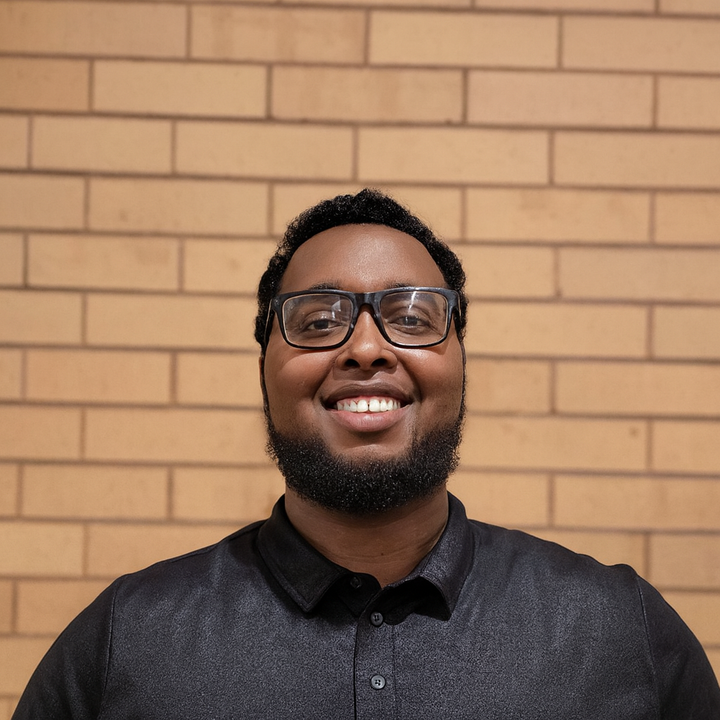More Than Half of AAS Discretionary Budget Unused
The Association of Amherst Students (AAS) managed $114,434 in discretionary spending for the 2018 fall semester, according to the AAS budgetary report. Yet from this amount, AAS allocated only $60,447 — $35,119 of which was actually spent — leaving $79,315 unused.
The AAS operating budget contained a total of $631,800 for the Fall 2018 semester. About 18 percent went to the discretionary fund, which provides money for student-led activities. This money is separate from club budgets and the master general funds — including the AAS Senate fund, auditor fees and student payrolls, among other fees — which receive 45 percent and 37 percent of the money respectively.
The $106,268 of discretionary funding this semester are allocated to students who go to AAS budgetary meetings and request money. Only $20,006 of the funding has been spent as of April 10.
The funds originate from a portion of the tuition paid by the student body, AAS Treasurer John Ballard ’20 said. “We allocate the budget that is given to AAS,” he said. “It comes directly from the student fee that is in everyone’s tuition. We want to allocate it fairly and [make it] accessible to all students. The fee is the total master fund divided by the amount of students there are.” With a master fund of $631,000, each student paid about $340 for the spring 2019 semester.
Gabriel Echarte ’22, AAS senator and member of the AAS Budgetary Committee, said that the lack of AAS discretionary spending is because students are unaware of what AAS has to offer and how to get funding.
“The main problem the Senate has in general is that we have the power to do things, but we can only do as much as students want to do. The issue is that we don’t have enough students who ask us for money, or even get involved with AAS. Filling the seats right now is pretty hard,” Echarte said.
“We should be running over on the amount of funds allocated, but we’re not. Not enough people come to us and request things. Our job is to provide student activities. We cannot fulfill that quota because not enough students will take our money,” Echarte added.
Due to the abundance of funds in the discretionary fund, individual students are typically granted money for events and conferences.
“The AAS student activity fund is created in part by tuition from students. In theory, every student gives, and every student will take from the fund by going to events, concerts, joining club teams, etc.,” Echarte said. “It is a little weird when we give money to just a few students who go to a conference far away, but everyone could go. Everything we fund is non-discriminatory.”
Money in the discretionary fund that is not spent each semester is not burnt but rather rolled over to a reserve which is fed back into the next semester’s master fund, Echarte said.
In the past, the AAS generally overallocated funds, Ballard said. “AAS had to reel in the amount of money spent. For example, we didn’t want clubs to spend thousands and thousands of dollars on food like Insomnia cookies. That was the intention, but it didn’t fit with every club’s needs,” he said.
“We also capped the amount of money that clubs could use for transportation, but that doesn’t work for clubs like the Outing Club that travel a lot,” he added.
Director of Student Activities Paul Gallegos said that the Budgetary Committee will need to find solutions that involve student outreach. “It’s hard to know why there is an ebb and flow to accessing the fund, but it may indicate that additional outreach to the student body might be needed to help demystify the process … we want to help the Budgetary Committee in efforts to make accessing the funds allocated as simple as possible,” Gallegos wrote in an email interview.
These solutions include steps that Ballard may take in the future as acting treasurer. “I am going to create a Budgetary Committee two-page resource with tips that will go out to the students. I am also talking to Paul Gallegos about including information in the [Amherst College] Daily Mail about the discretionary meetings we have twice a week that clubs can attend and get funding from,” said Ballard.
“Another idea we had was having AAS treasurer office hours. We could sit in Frost [Library] and people could ask us for money,” he added.
Echarte noted that it is straightforward to access and use AAS funds if one knows the rules. “If you want to get funding from the AAS Budgetary Committee, read the policy guidelines online to make sure your idea is within them. There are certain price limits, a minimum number of participants, you have to publicize it, find a location, etc.,” he said. “We’re pretty generous and the process is not stringent. Meetings are Mondays in Converse from 8 to 8:30 p.m. and on Thursdays in Beneksi [Museum of Natural History] starting at 7:30 p.m.”
“It’s important. The money is just sitting there,” Ballard said. “It’s everyone’s money; we’re all chipping in to pay for it. And if we’re not doing a good job of making it accessible then we’re kind of failing to do our duty.”





Comments ()